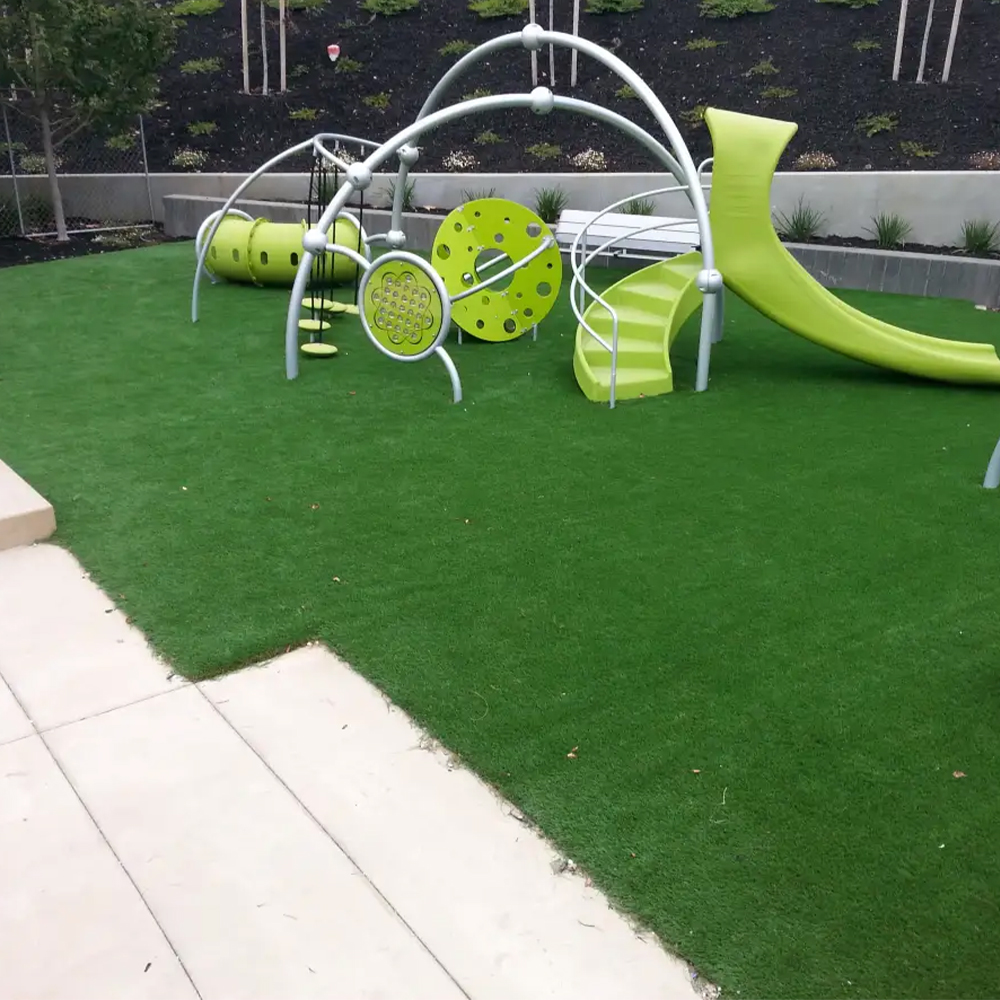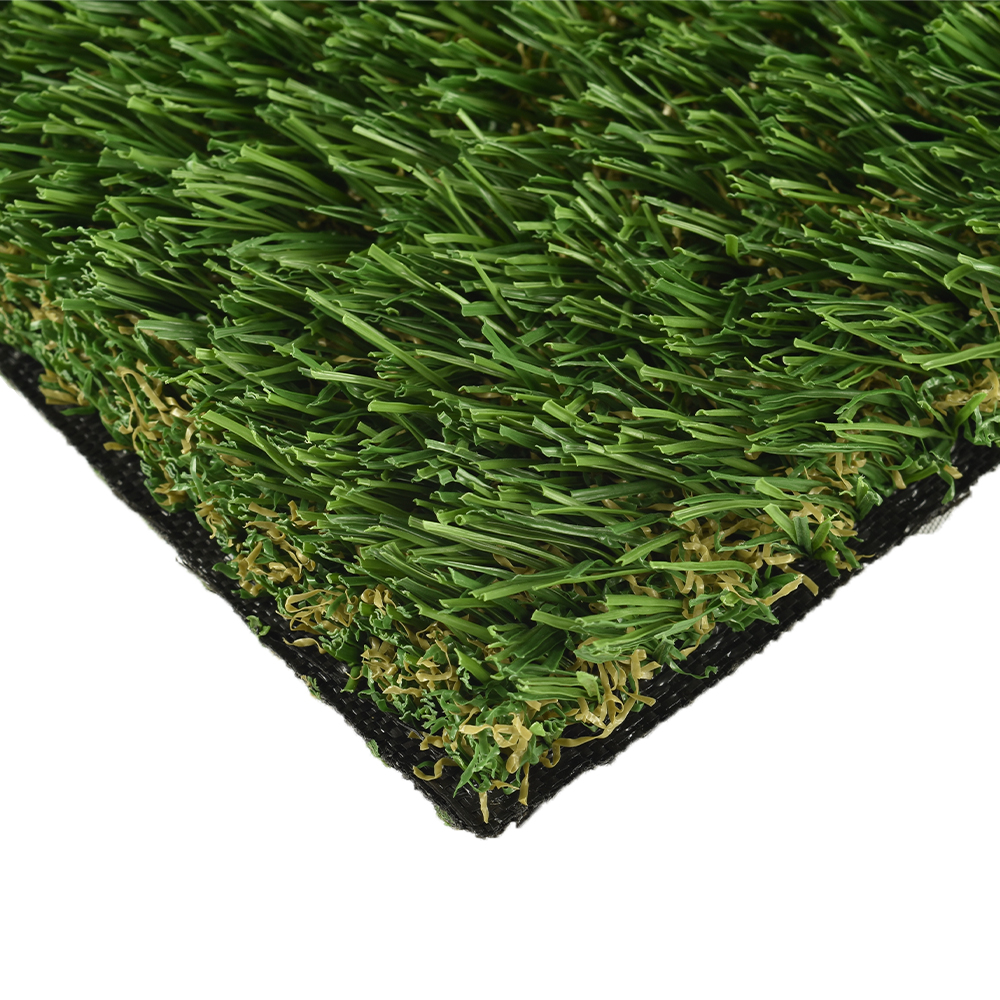Get a Ideal Lawn with Arizona Artificial Turf for Any Outdoor Space
Get a Ideal Lawn with Arizona Artificial Turf for Any Outdoor Space
Blog Article
Delve Into the Environmental Advantages of Opting for Artificial Turf Solutions
The fostering of man-made grass solutions provides an engaging possibility to address pushing ecological obstacles. By considerably decreasing water use and minimizing the application of unsafe chemicals, these options not just promote sustainable landscaping but additionally shield neighborhood ecosystems. Furthermore, the lower carbon impact related to lowered upkeep tasks adds to an extra lasting approach to land monitoring. Nonetheless, the ramifications of these advantages extend beyond plain preservation initiatives, questioning concerning their long-lasting influence on environment preservation and overall environmental equilibrium. Discovering these dimensions discloses a complex interaction worth thinking about.
Water Conservation Benefits
Among one of the most considerable benefits of artificial turf is its capability to conserve water. Conventional turf yards call for significant irrigation, especially in locations vulnerable to drought or water limitations. On the other hand, synthetic grass does not require watering, significantly reducing the total need for water resources. This feature is especially helpful in deserts where water shortage is a pushing problem.
By getting rid of the requirement for routine watering, synthetic grass adds to sustainable landscape techniques and helps minimize the environmental impact of too much water consumption. The preservation of water prolongs to the reduction of drainage, which can lead to soil disintegration and river pollution.
Furthermore, the installment of man-made turf enables municipalities and house owners to designate water resources a lot more effectively, concentrating on crucial uses such as alcohol consumption water and farming. The change in the direction of man-made grass not just promotes responsible water use yet also straightens with more comprehensive environmental objectives focused on protecting all-natural resources.
As communities increasingly focus on sustainability, the water preservation advantages of synthetic grass provide an engaging instance for its adoption in commercial and domestic landscaping projects.
Reduced Chemical Use
The transition to synthetic grass substantially decreases the dependence on chemical treatments commonly made use of in natural lawn upkeep. Conventional turf monitoring typically involves the application of herbicides, plant foods, and pesticides to promote development and control pests. These chemicals can position threats to human health and wellness, regional wildlife, and the atmosphere, adding to dirt and water contamination.
In comparison, synthetic grass eliminates the need for these unsafe compounds. Once installed, it calls for minimal maintenance, mainly including routine cleansing and seldom infill replenishment. This reduction in chemical usage not just benefits the immediate setting but also contributes to broader eco-friendly stability. By decreasing the launch of artificial substances right into the environment, synthetic grass promotes healthier dirt and water systems.
Additionally, the absence of chemical overflow related to synthetic grass installations aids protect local rivers from air pollution, sustaining marine life and maintaining biodiversity. Phoenix turf companies. As neighborhoods increasingly focus on lasting practices, selecting synthetic grass provides a feasible option that aligns with environmental conservation objectives. With this shift, homeowner can take pleasure in lavish eco-friendly rooms without jeopardizing eco-friendly health and wellness, paving the way for a more sustainable future
Reduced Carbon Impact

Furthermore, the setup of synthetic grass can cause considerable water conservation. All-natural lawns need substantial quantities of water for irrigation, which not only includes to the carbon footprint connected with water removal and therapy however also pressures local water sources. On the other hand, artificial grass requires very little upkeep, requiring no watering, consequently dramatically minimizing water usage and its associated energy prices.
Furthermore, the durability of synthetic grass contributes to its reduced carbon effect. With a lifespan of as much as 15 years or even more, the need for regular substitutes is diminished, causing less waste and lower energy consumption in production and disposing of standard yard choices. On the whole, synthetic grass provides a lasting option for eco aware landscape design.
Environment Preservation
Habitat preservation is an essential factor to consider in the argument over landscape design options, particularly when comparing artificial lawn to all-natural grass. All-natural yard yards commonly call for extensive upkeep, consisting of the use of plant foods, chemicals, and herbicides, which can detrimentally affect local ecosystems. These chemicals can seep right into the dirt and rivers, damaging indigenous vegetation click this and fauna and interfering with regional habitats.
Fabricated turf gets rid of the requirement for unsafe chemicals, consequently protecting close-by wild animals and keeping the honesty of surrounding ecosystems. The installation of artificial turf can lead to the conversion of former lawn locations right into even more biodiverse landscapes, such as pollinator gardens or native plant areas, which can support regional wild animals.
Inevitably, the shift to synthetic grass not just saves water and reduces upkeep initiatives yet additionally cultivates a more harmonious partnership in between human activities and the native environment, advertising habitat conservation in the process.
Long-Term Sustainability
Long-term sustainability is an important element in reviewing the advantages of synthetic grass over conventional yard yards. Among the most considerable benefits of man-made turf is its durability; it can last approximately 15-20 years with very little maintenance, whereas all-natural yard needs constant reseeding and replacement. This long life reduces the demand for consistent resources, such as water, fertilizers, and chemicals, which are necessary for maintaining a healthy and balanced grass yard.
Additionally, synthetic lawn adds to a decrease in carbon discharges connected with grass treatment devices. Traditional grass frequently require gas-powered lawn mowers, trimmers, and blowers, every one of which contribute to air contamination. Artificial turf companies phoenix. On the other hand, synthetic grass eliminates the demand for such tools, advertising a cleaner setting
Moreover, the production of synthetic turf progressively uses recycled products, enhancing its sustainability account. As makers embrace green techniques, the environmental impact of synthetic grass remains to lessen.

Verdict
The fostering of synthetic grass services presents considerable environmental benefits, including considerable water preservation, reduced dependence on dangerous chemicals, and a reduced carbon impact. Furthermore, synthetic grass help in preserving all-natural habitats by minimizing land disturbance and advertising lasting sustainability through the use of resilient materials. Jointly, these variables highlight the capacity of fabricated grass to contribute positively to environmental health and wellness and use a sensible choice to typical landscaping site web methods in a significantly resource-conscious world.
In comparison, artificial turf does not require watering, significantly reducing the total demand for water resources. By decreasing the release of synthetic substances into the ecosystem, synthetic grass promotes much healthier soil and water systems.
Moreover, the installation of fabricated grass can result in significant water conservation. In contrast, fabricated lawn requires minimal upkeep, needing no watering, thereby considerably reducing water use and its associated power prices.

Report this page